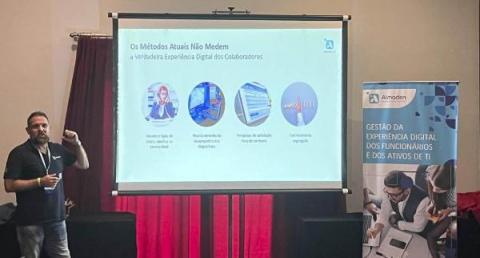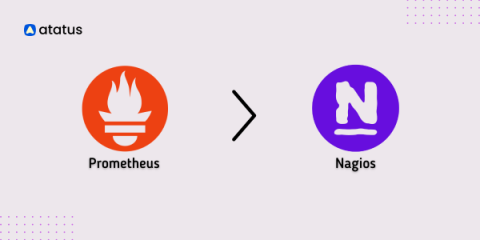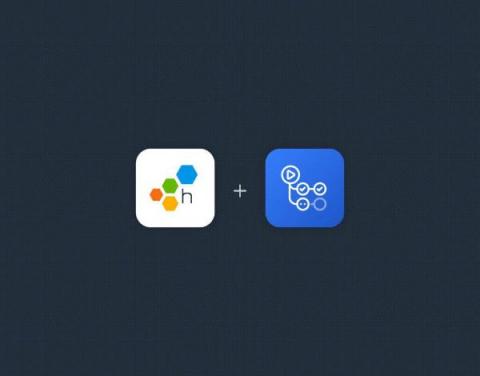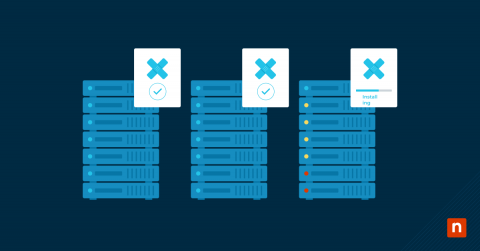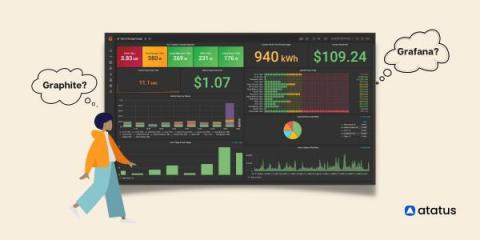Operations | Monitoring | ITSM | DevOps | Cloud
Blog
Almaden at CIO Meeting 2023: Showcasing Cutting-Edge Solutions for IT Leaders
On April 14, 2023, Almaden had the privilege of participating in the CIO Meeting 2023 event held in Caucaia, CE. The event was organized by GGTIC CE and brought together CIOs and IT leaders from various industries to discuss the latest trends and challenges in technology. Almaden was proud to attend this event in partnership with Arklok. The CIO Meeting 2023 event was an ideal platform for Almaden to showcase its cutting-edge solutions and engage with CIOs and IT leaders.
From Loading to Interaction: A Guide to Time to Interactive Improvement
Have you ever visited a website that took forever to load, leaving you staring at a blank screen and clicking your mouse in frustration? If so, then you have experienced the slow Time to Interactive (TTI). TTI is the ultimate test of a website's speed and responsiveness, measuring the time it take s for a page to fully load and become interactive. A slow TTI can leave your users feeling bored, frustrated, and downright furious.
How to Protect Your Storage Account Against Blob-Hunting
Blob storage is a cloud-based service offered by various cloud providers, designed to store vast amounts of unstructured data such as images, videos, documents, and other types of files. It is highly scalable, cost-effective, and durable, making it an ideal choice for organizations that need to store and manage large data sets for applications like websites, mobile apps, and data analytics.
A Comprehensive Comparison of Prometheus and Nagios
Prometheus and Nagios are both open-source infrastructure monitoring solutions created by SoundCloud Engineers and Ethan Galstad respectively. They both find popular usage in monitoring the availability and performance of computer systems, networks, and applications. While Prometheus uses a pull-based model to collect metrics and its dynamic service discovery support, Nagios uses a push-based model modeled on plugins.
Honeycomb's Deployment Protection Rule for GitHub Actions
Today, GitHub announced the public beta of Deployment Protection Rules for GitHub Actions for GitHub Enterprise users. In support of that launch, we’ve partnered with GitHub to create the Honeycomb Deployment Protection Rule (available as a GitHub App). This rule lets you run Honeycomb queries so that you can get real-time performance feedback from your services before deciding whether to prevent deployment of your code to a specific environment.
Introducing the Sentry GitHub Deployment Gate Integration
If you have a large codebase with multiple developers shipping quickly – errors need to be caught quickly as well. To help ensure your code is performant and reliable while you’re deploying code, we partnered with GitHub to build a bridge between your CI/CD workflow and your favorite error monitoring tool (Sentry, of course).
7 Server Patching Best Practices for Businesses
Patch management is the process that helps you keep your IT assets safe, protected, and functioning optimally. Server patching follows many general patch management best practices, but it also includes tasks and processes that are specific to patching servers. In this article, we’re going to discuss what patch management best practices apply to server patching in your IT environment, and how you can start improving your server patch management process.
Grafana vs Graphite: A Comparison for Data Visualization and Analysis
Data generation today is at an unprecedented level, and we are generating an inexhaustible amount of data. As a matter of fact, more data has been created over the past two years than ever before in the history of mankind. This throws a big complexity in front of us. How do we even manage such a huge amount of data? Where do we store them? Can they be segregated to fit into our needs, who would do that for us, and so on! The questions are endless, and so is the rate of generation of new data.
New Kublr Version 1.25
The Kublr team is excited to announce the general availability of version 1.25, providing customers with the most flexibility and customization possible to manage their Kubernetes-based infrastructure via Kublr’s single pane of glass, to-date.



